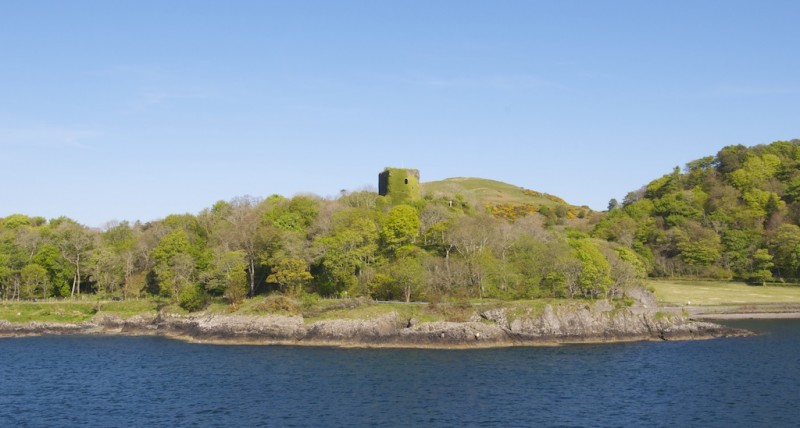
Dunollie Castle in Oban Bay
 Covered in ivy and open to the elements, Dunollie Castle stands on a rocky hilltop at the entrance to Oban Bay. In winter, its ruined walls bear the brunt of storms blowing in from the Atlantic, but on a clear day there are panoramic views across the Firth of Lorn, past the low-lying islands of Lismore and Kerrera, and out towards Mull.
Covered in ivy and open to the elements, Dunollie Castle stands on a rocky hilltop at the entrance to Oban Bay. In winter, its ruined walls bear the brunt of storms blowing in from the Atlantic, but on a clear day there are panoramic views across the Firth of Lorn, past the low-lying islands of Lismore and Kerrera, and out towards Mull.
Ferries, trawlers, cruise ships, research vessels and fishing boats regularly pass below the Castle as they sail in and out of Oban’s sheltered harbour. It’s an idyllic scene… but 1,300 years ago, occupants of the fortress would have witnessed the sails of longships bearing Viking raiders into their homeland, and their feelings wouldn’t have been quite so comfortable.
 It’s believed that a Bronze Age hill fort was the first settlement on the rocky outcrop; later, in the 7th and 8th centuries, Dunollie became a base of power for the rulers of Dalriada, a Gaelic kingdom which extended throughout Scotland’s west coast and the islands, and across the sea to much of Ireland. The menace from the north was ever-present, as Viking seafarers targeted rich monasteries and laid waste to the surrounding homesteads, killing many of the inhabitants and taking others back to Scandinavia as slaves. For the Gaelic people, the stronghold at Dunollie must have provided a powerful vantage point and a protective presence overlooking the bay.
It’s believed that a Bronze Age hill fort was the first settlement on the rocky outcrop; later, in the 7th and 8th centuries, Dunollie became a base of power for the rulers of Dalriada, a Gaelic kingdom which extended throughout Scotland’s west coast and the islands, and across the sea to much of Ireland. The menace from the north was ever-present, as Viking seafarers targeted rich monasteries and laid waste to the surrounding homesteads, killing many of the inhabitants and taking others back to Scandinavia as slaves. For the Gaelic people, the stronghold at Dunollie must have provided a powerful vantage point and a protective presence overlooking the bay.
400 years later, control of the lands had been seized by Somerled, a warrior of mixed Gaelic and Viking descent who established a dynasty of rulers known as the Lords of the Isles. Somerled gave Dunollie to his son, Dougall, who held most of Argyll including the islands of Mull, Lismore, Jura, Coll and Tiree. From Dougall sprang the Scottish clan MacDougall.
 Excavations in 1978 yielded ‘stratified finds’ that date to the late 7th and early 8th centuries. A second phase of building came in the 13th century when Ewan MacDougall, the third chief of the MacDougalls, built a castle on the site. However, the existing ruins date mostly from the 15th century. Canmore, the database of the RCAHMS, states that Dunollie comprises a tower house with a courtyard and the remnants of an outer enclosure. There were four main storeys, each consisting of a single apartment.
Excavations in 1978 yielded ‘stratified finds’ that date to the late 7th and early 8th centuries. A second phase of building came in the 13th century when Ewan MacDougall, the third chief of the MacDougalls, built a castle on the site. However, the existing ruins date mostly from the 15th century. Canmore, the database of the RCAHMS, states that Dunollie comprises a tower house with a courtyard and the remnants of an outer enclosure. There were four main storeys, each consisting of a single apartment.
“The entire wall-head is now ivy-covered but traces of a parapet walk can still be seen.”
For many centuries after Dunollie was built, the balance of power in Scotland rested on the edge of a sword. Aspiring rulers were ambitious, greedy and ruthless, and castles were designed to withstand a siege. According to Canmore, “the wall in the north-east, overlooking the most vulnerable sides of the promontory, is 2.3 metres thick.”
Over the years, the MacDougalls’ fortunes waxed and waned; they were stripped of their lands in 1308 after opposing Robert the Bruce, only to have them returned by John Stewart of Lorne; then, in 1644, Dunollie was captured by the Marquis of Argyll, a staunch Covenanter who lent his support to Cromwell during the British Civil War. After the restoration of the monarchy, Dunollie was returned to the MacDougalls in 1661.
In 1746 the MacDougalls abandoned the castle and built Dunollie House, just down the hill. This is now the venue for an exhibition, telling the turbulent story of the Jacobite rebellion and its effect on the MacDougall family. It also houses the Hope MacDougall Collection, a vast array of traditional everyday items ranging from agricultural tools to sewing machines.


Dunollie Castle is still owned by the MacDougalls, and is freely accessible in daylight hours.
Just a few miles to the north is Dunstaffnage Castle, another MacDougall fortress. I hope to get there very soon and bring you a report!
All images copyright © Colin Woolf
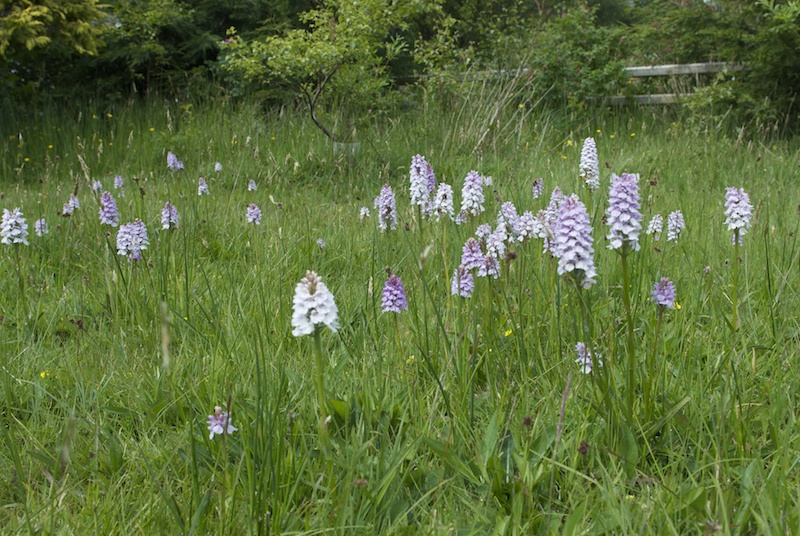
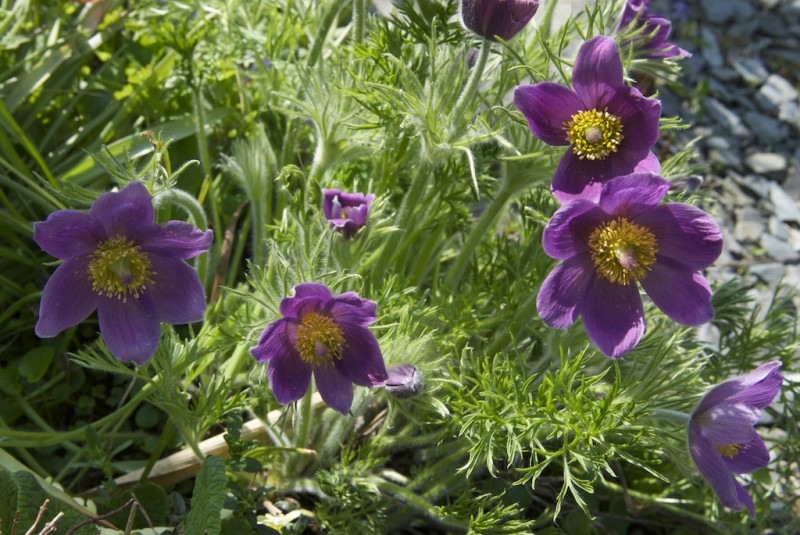

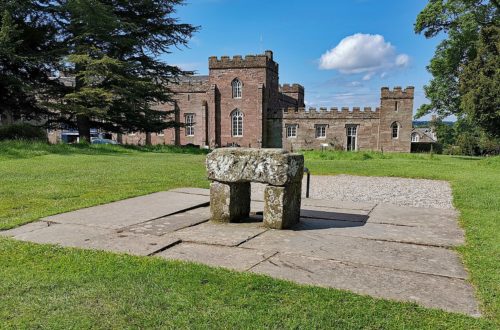
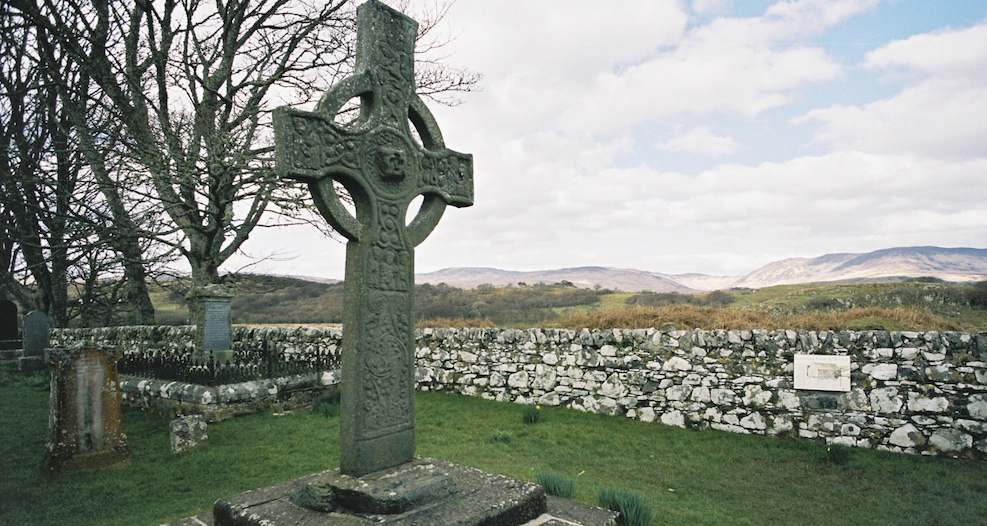
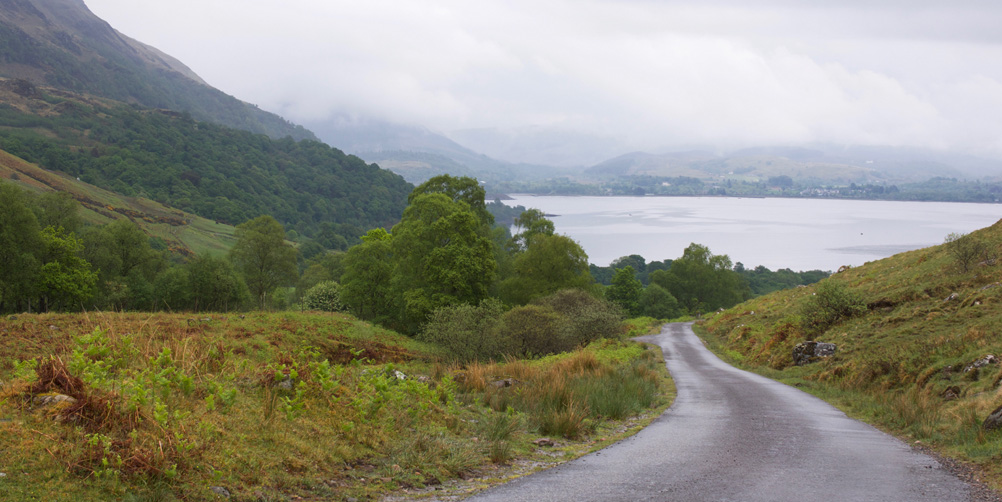
6 Comments
Cornel Apostol
I like the most “Oban seafront from ferry (Dunollie far left)” photo. 🙂
Jo Woolf
Thank you – it was a lovely view from the ferry.
dancingantelope
What a rich history and landscape. I wish I could walk into the scene. Some day…
Jo Woolf
Yes, it’s amazing. Hope you can make it here some day!
dhphotosite
I just love your history lessons. This, along with all the other destinations you have taken us on is marvelous! Thank you for sharing!
Jo Woolf
Thank you very much, David – glad that you enjoyed it!